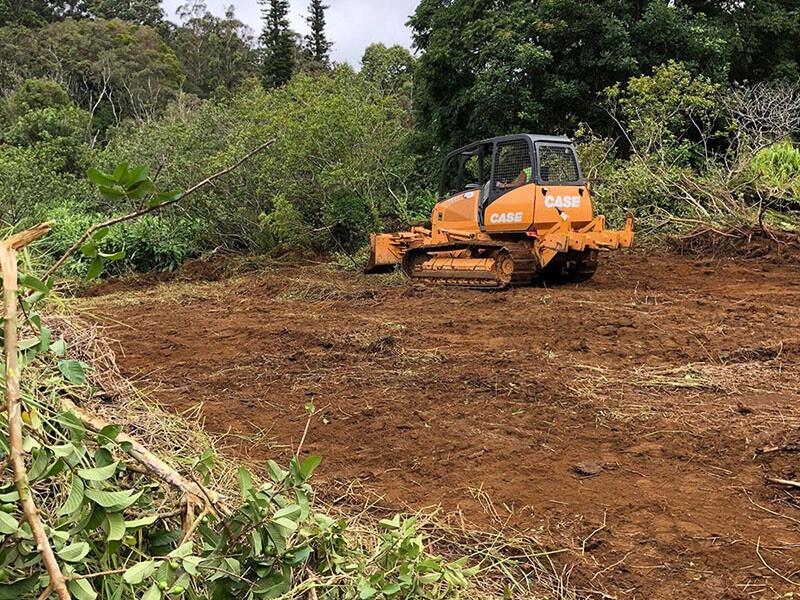Land Clearing 101

Land Clearing is the process of removing unwanted, invasive, or dead vegetation from a piece of land. It can be done for a variety of reasons, including preparing land for landscaping, clearing a spot to build a home or office, or clearing space for agricultural purposes such as planting crops and raising livestock. Land Clearing is usually done by professional contractors with the right knowledge and equipment to ensure a quality job.
One of the most obvious benefits of land clearing is that it makes the property look more attractive. By removing debris, trash, and unwanted plants from the property, it becomes more appealing to potential buyers or renters. It also helps the soil retain moisture, which is important for plant growth.
Another reason to clear land is that it promotes the healthy growth of trees and other flora. When a plot of land is overcrowded with vegetation, it becomes difficult for plants to grow. Clearing the land gives them more room and allows them to better access water, nutrients, and sunlight. It can also help reduce the spread of disease by removing any contaminated weeds and other plants from the area.
Clearing the land can also improve safety by reducing the risk of fire. It eliminates a buildup of dry, flammable twigs and leaves that can cause fires to quickly spread. It also provides a natural firebreak and can protect the structures on a property from being consumed by wildfire.
There are several different methods of land clearing, including open burning, mulching, cutting and grinding, and using herbicides. Each method has its pros and cons, so it’s important to choose the right one for your needs.
Depending on the location of your property and its existing plants and animals, you may need to obtain a permit before starting the process. This ensures that the land clearing is done in an environmentally responsible manner and does not harm any protected species or ecosystems.
A popular land clearing technique is using a bulldozer or other heavy machinery to cut down and remove the vegetation. It is a quicker and more effective option than manual labor, but it can damage the soil and is not appropriate for steep slopes or fragile ecosystems.
Another option is using a mulching machine to chop up and grind the remaining vegetation into a finely chopped mulch. This is a great choice for smaller properties, as it is quick and easy to do and requires little to no human labor. It also helps suppress weeds, conserves moisture in the soil, and encourages healthy root growth in newly planted flora.
Finally, herbicides can be used to kill off any remaining weeds and other plants. This is a less expensive option than using machinery, but it can be dangerous to the environment and wildlife. It is also not suitable for areas with deep-rooted plants or invasive species. If you’re planning on using herbicides, be sure to follow the instructions carefully and wear proper safety gear.
Article Source : petestreeworxwa2.wordpress....